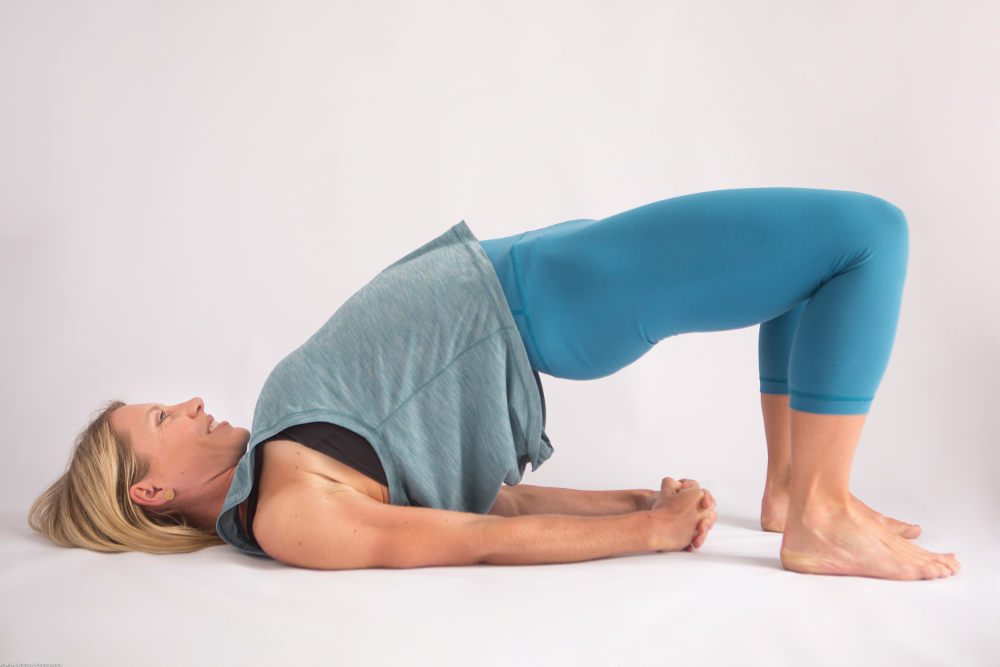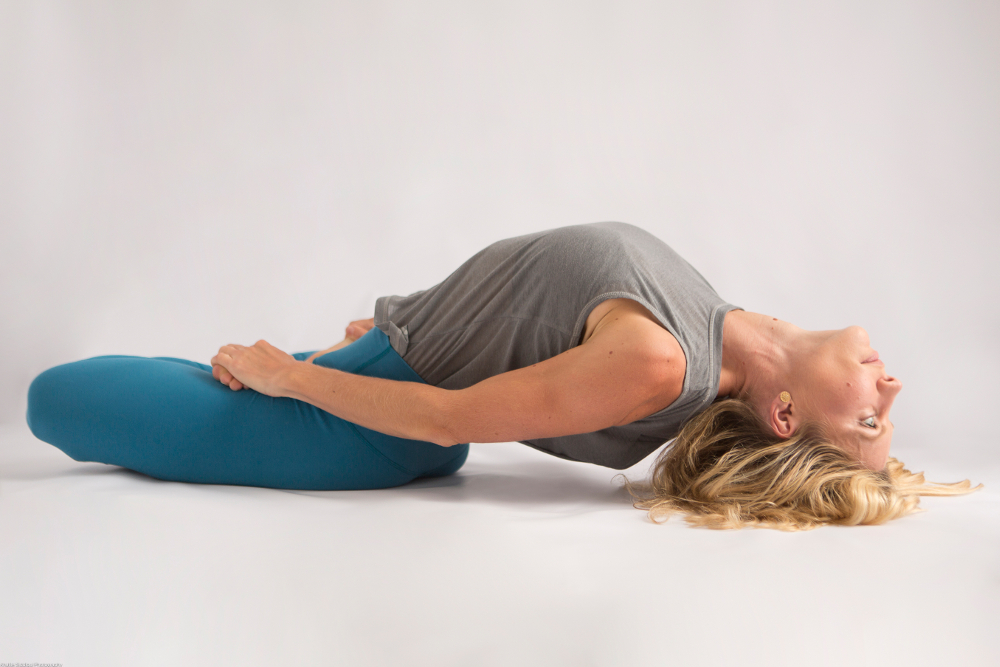How Teachers Can Combat Stress With Yoga

Yoga has proven benefits for children, but you owe it to yourself and them to take time out to relax too

- by Helen Clare

Let’s be honest, teaching is a stressful profession, with many teachers suffering from poor mental health.
It seems like an endless cycle of planning, teaching and assessment and, despite our best intentions, our pupils pick up on the pressure that we feel to achieve results, and the stress that comes with it.
Not only that, but if we are emotionally stressed and physically tense, we will not be at our optimal teaching potential. This is where the holistic approach of yoga can benefit your physical and mental health and, consequently, the children and adults around you.
Yoga keeps you physically fit and healthy, mentally calm and emotionally balanced. As a former primary teacher, I know how much it can benefit those in the profession.
I first started practising yoga while teaching English in Japan. When I returned to the UK I trained to teach yoga and did it with the children at my school, with amazing results.
For children, yoga offers a rare time to just ‘be’ – to not have to think about anyone else.
Physically, it helps to develop bodily awareness, improve balance and coordination, build strength and increase flexibility. Mentally and emotionally, yoga gives us time to relax and teaches us ways of finding calmness. This is essential for children and young people – they are so busy, bombarded by external influences and under considerable academic and societal pressure.
Yoga in school improves focus and concentration, self-esteem, self-regulation of behaviour, attainment and motivation.
The release of physical tension that yoga provides is great for teachers too. Over time, this tension can lead to stiffness, aches and pains, poor posture, headaches and migraines. By practising even the most simple of yoga postures, these effects can be reduced. And when physical tension is released, emotional stress is too.
Here are a few simple poses to try. Take 20 to 30 minutes to do them as regularly as you can. The overarching benefit of practising yoga is that you will become calmer and more relaxed. This puts you in the optimum place to teach, and your pupils in the optimum place to learn, achieving the results that you all need in a more enjoyable and natural way.
1. Sit
 You can achieve enormous benefits from sitting in silence, even if it’s for just a few minutes each day.
You can achieve enormous benefits from sitting in silence, even if it’s for just a few minutes each day.
Ideally, get up just that bit earlier or do it last thing at night. Sit upright on the floor, a cushion or a chair with a tall back. If using a chair, plant your feet flat on the ground.
Firstly, close your eyes and just listen, noticing any noises that you can hear and finding any moments of silence.
Next, notice what you can feel against your skin, such as your clothes and the cushion under you. Using our senses is one of the best ways to bring ourselves into the present moment.
Now become aware of how your body feels. Turn your attention to your breathing, noticing it come in and out. Allow your breath to naturally slow and lengthen. In your head, count each exhalation up to 12, with no rush. If your attention wanders, bring it back to the feeling of each breath and the count in your head.
2. Forward fold
 This is a great pose for introversion and provides some time out just for you, to release mental and physical tension. Sit tall on the floor or a cushion, keeping your spine as lengthened as you can.
This is a great pose for introversion and provides some time out just for you, to release mental and physical tension. Sit tall on the floor or a cushion, keeping your spine as lengthened as you can.
Allow your torso to fold forward. If your hamstrings are really tight, bend your knees a little. There is no need to be able to touch your toes! Be content with where you are at, knowing that you will see progress with practice.
Trending
3. Boat
 This is a core strengthening pose. Having strong core muscles supports and protects the spine, greatly reducing the risk of back injuries and preventing or alleviating an achy lower back.
This is a core strengthening pose. Having strong core muscles supports and protects the spine, greatly reducing the risk of back injuries and preventing or alleviating an achy lower back.
Strong core muscles also promote good posture, which in turn lessens the chance of back ache, enhances your breathing capacity and boosts your self-confidence.
Start with your hands on the floor, lift up through your chest, then float your feet up, parallel to the ground.
When you are ready, reach your arms forward for five slow breaths.
4. Bridge
 This is such a great pose to reverse the effects of all that time sitting, marking and planning!
This is such a great pose to reverse the effects of all that time sitting, marking and planning!
Lie on your back, placing your feet flat on the floor in front of your hips, with your arms either side.
Slowly lift your hips to a comfortable height, gently engaging your inner thighs.
Press down through your hands and feet while lifting up through your hips and chest.
Take five long breaths. Repeat three times.
5. Fish
 The fish is an excellent neck release and chest opening posture that effectively reverses the effects of hunched shoulders.
The fish is an excellent neck release and chest opening posture that effectively reverses the effects of hunched shoulders.
Pictured is a more advanced version but to begin with, lie flat with your legs out straight and sit on the back of your hands, with your arms long underneath you.
Press into your forearms to lift your chest and head. Gaze back behind you if it’s comfortable, for up to five breaths.
Disclaimer: take responsibility for your own health and wellbeing by seeking the guidance of a good yoga teacher. Seek advice from a doctor if you have a pre-existing health complaint before commencing a yoga practice.
Helen Clare posts online video classes for teachers and KS1 and 2 children at her website, Class Yoga. She also runs yoga and mindfulness training courses for teachers, as well as classes and retreats. Follow her on Twitter at @class_yoga.
Images: © Khalile Siddiqui










